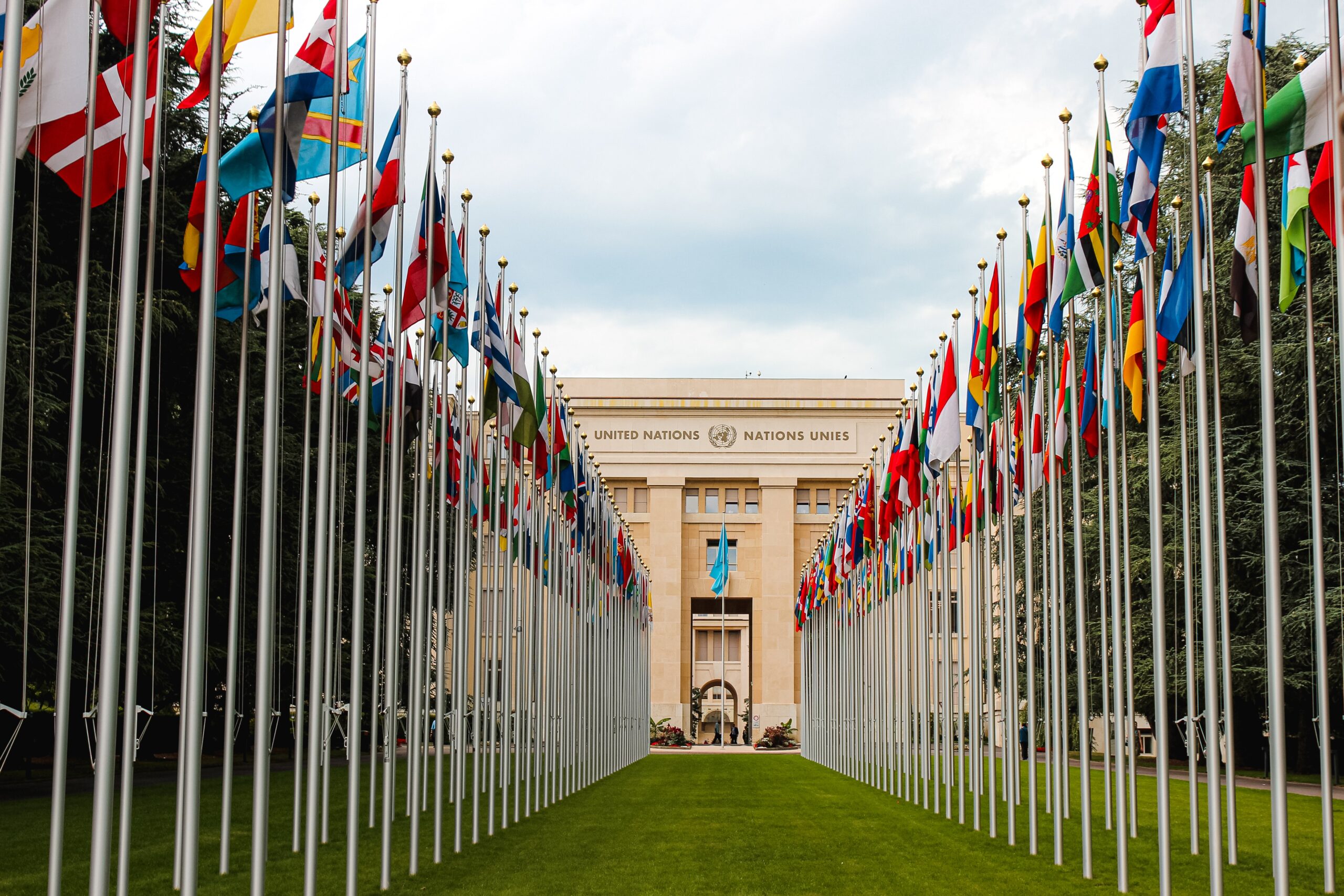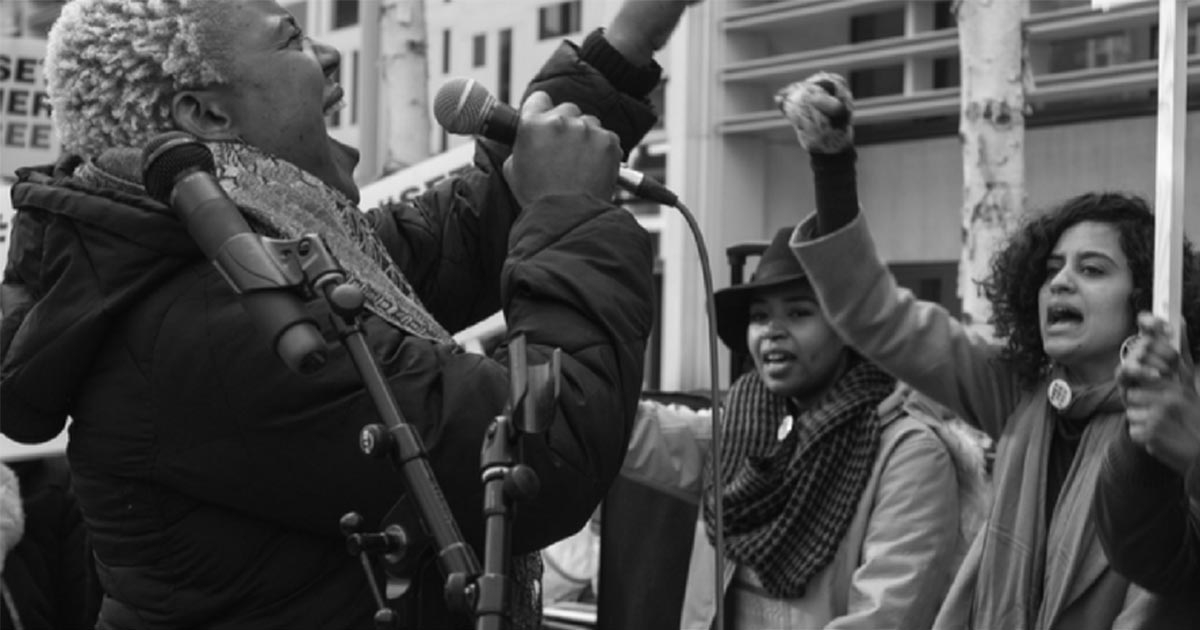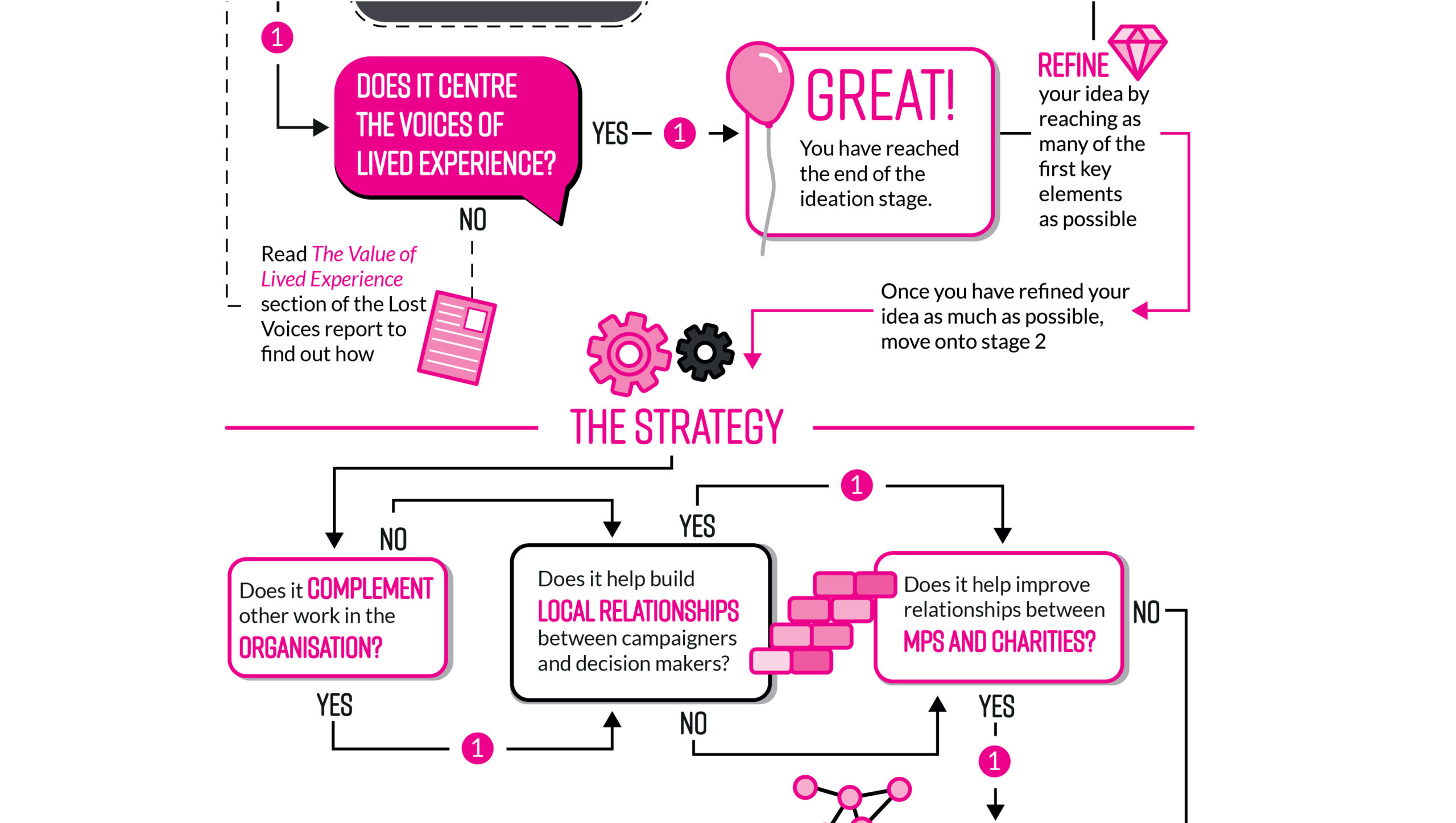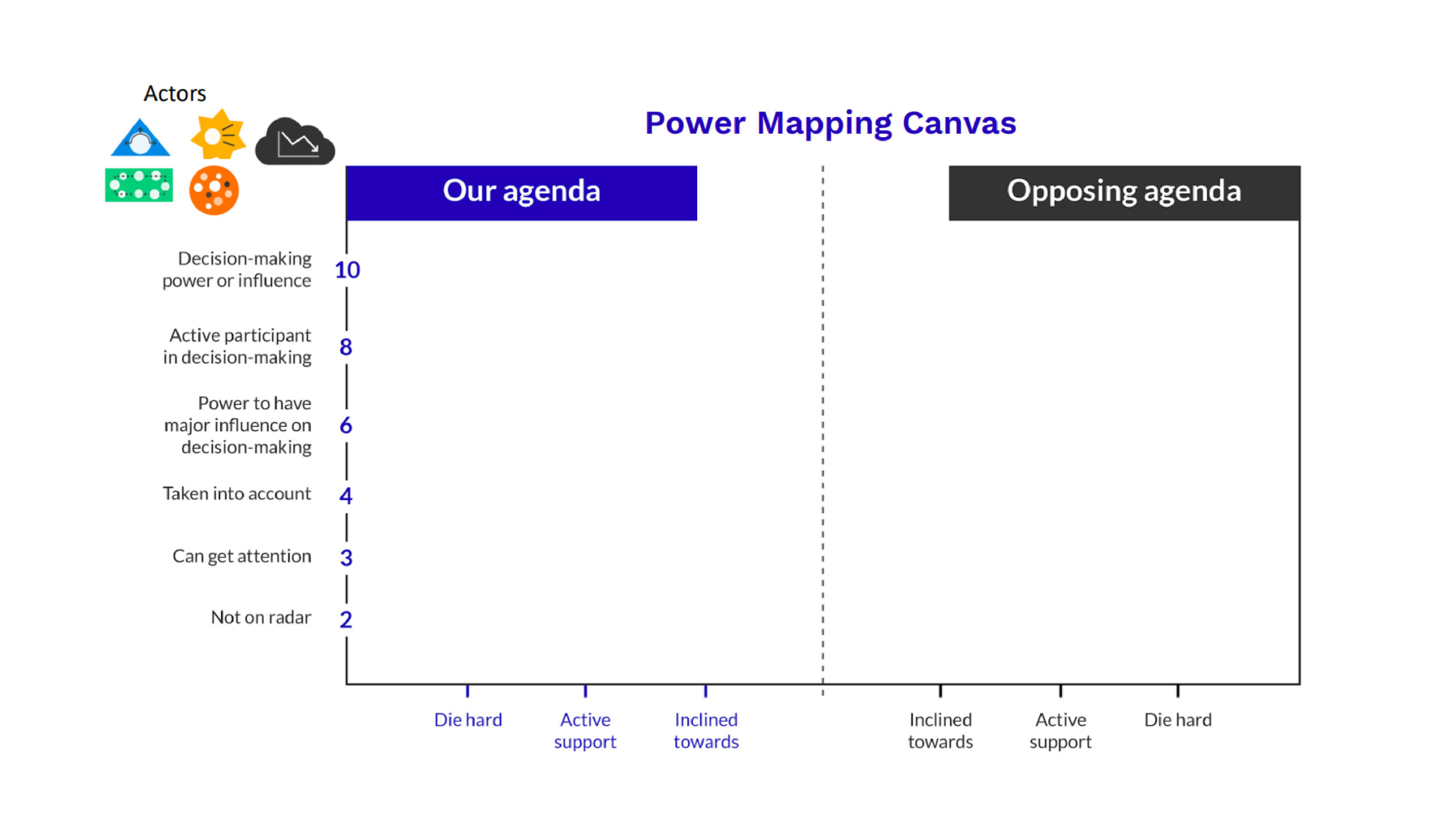What does technology mean for gender equality? Insights from CSW67

‘Technology is reversing the trend of increasing gender equality’ – António Guterres, UN Secretary General
Last month, Becca, Shaurya and Julia from the team joined the Commission on the Status of Women (CSW) as official UN Women UK delegates.
CSW is an annual meeting of Member States at the UN, dedicated to shaping global standards on gender equality. Over the course of two weeks, town halls with the UN Secretary General and meetings with government ministers and NGO representatives took place, as well as hundreds of side events set up by grassroots organisations and activists.
This year’s theme was innovation, technological change and education in the digital age for achieving gender equality.
A big topic, right? See below for the team’s top takeaways from this year’s event.
- The digital divide is becoming the new face of gender inequality. Women are 18% less likely than men to own a smartphone and far less likely to use the Internet. This is compounding pre-existing inequalities in areas such as health, education and work.
- Technology is being created by predominantly male workforces. Only 28% of engineering graduates and 22% of AI workers globally are women. A diversification of creators and designers is urgently needed to ensure that technology doesn’t just end up reproducing existing inequalities.
- AI can be biased. There have been many examples of AI-based programmes that have been found to discriminate on the basis of gender, race and class. This has happened in programmes designed to review job applications, facial recognition and healthcare-based risk prediction technologies. This is exacerbating existing inequalities, with sometimes deadly consequences.
- Online spaces are not safe for women and girls, especially when they choose to speak out. Research into online abuse against women journalists, politicians and activists has shown a huge number have experienced violence online, leading many to self-censor. And we know that cyber violence doesn’t stay online, but moves into offline spaces and can lead to murder, suicide and mental health issues.
But it’s not all doom and gloom…
- Technology presents incredible opportunities for women and girls’ socioeconomic opportunity. 129 million girls are currently out of school, but technology can increase access to education. Technology can provide women with valuable health information and further their ability to make informed choices about their bodies. Technology can also create economic opportunities, help increase economic independence and reduce the gender pay gap.
- Technology could also play a role in helping women in conflict zones around the world. For example, AI can be used to promote peacebuilding, and even anticipate where conflicts may arise. Technology could also be used to preserve the heritage and tradition of groups affected by conflict and hold assets of those being forcibly displaced, through technologies such as blockchain. The UNHCR has already used blockchain to disburse cash to people displaced or impacted by the war in Ukraine.
So what do we need to ensure that technology is a positive force for gender equality?
- Regulation, regulation, regulation. Policymakers have not kept up with the pace of technological change, and many big tech corporations operate in legal ambiguity, as they are often registered in different countries to the ones they operate in. International legal frameworks must be put in place to ensure that technology is built on principles of equity, accessibility and social justice and that the technological revolution serves everyone equally.
- Better diversity and inclusion in STEM. As we build tools that shape our world, it’s imperative to involve more women in the process. The most certain way to reduce bias in AI and algorithms is by ensuring women are involved at the earliest stages of product development. Better representation will allow for safer digital platforms that authentically represent the needs of the world.
You can read more about CSW67 via UN Women here.
Sign up to our newsletter for the latest insights and news from the world of social change



